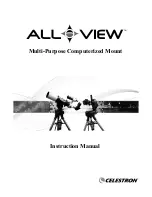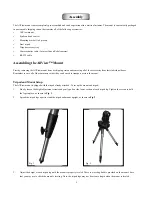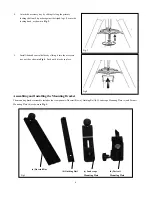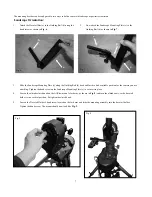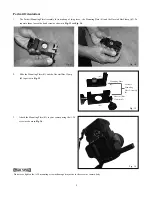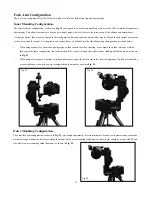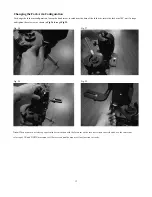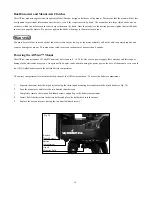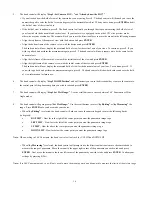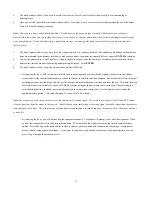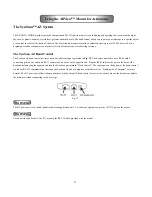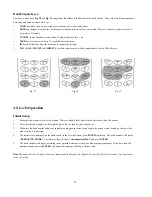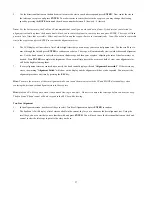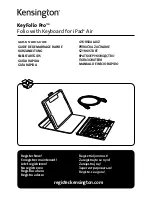
12
Fork Arm Configuration
There are two configurations for the Fork Arm which are useful for both astronomy and photography.
Inner Mounting Configuration:
The inner fork arm configuration, as shown in
Fig. 23
, is designed to be used when attaching a camera to the AllView mount for panoramic
photography. This allows the camera to be set up at a nodal point, where it is close to the intersection of the altitude and azimuth axes.
A telescope optical tube may also be used in this configuration, but long telescope optical tubes may be limited in their altitude movement
as they may strike the mount. For long tubes and camera lenses, you should use the Outer Mounting Configuration described below.
•
When using a camera for panoramic photography, a video camera for video coursing, or a compact short tube telescope with the
fork arm in the inner configuration, the fork arm should be at your left hand side while you are standing behind the mount as shown
in
Fig. 23
.
•
When using a telescope or binocular for astronomical observing with the fork arm in the inner configuration, the fork arm should be
at your right hand side while you are standing behind the mount as shown in
Fig. 24
.
Fig. 23
Fig. 24
Outer Mounting Configuration:
The outer fork arm configuration, as shown in
Fig. 25
, was designed primarily for astronomical use because of its greater range in altitude
movement range without the telescope striking the mount. In the outer mounting configuration, the fork arm should be at your LEFT hand
side while you are standing behind the mount, as shown in
Fig. 25
.
Fig. 25

